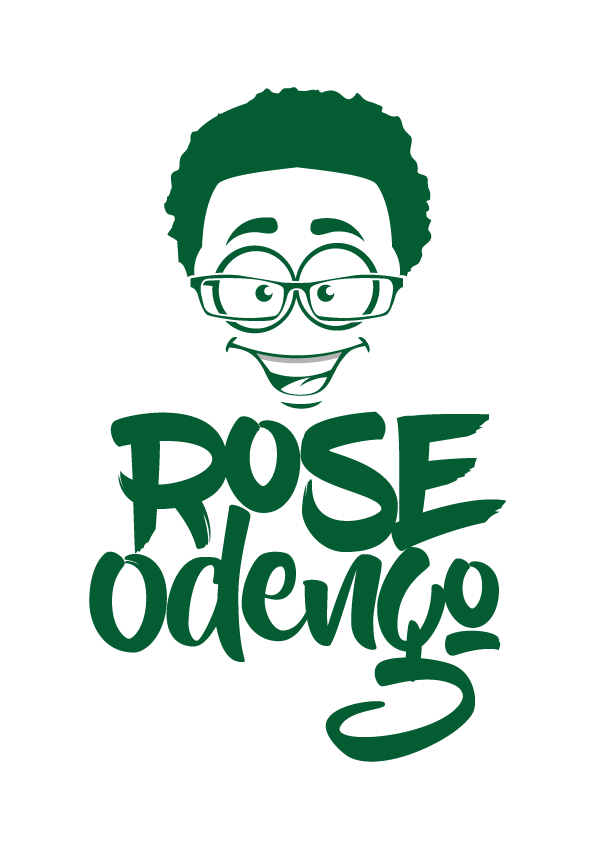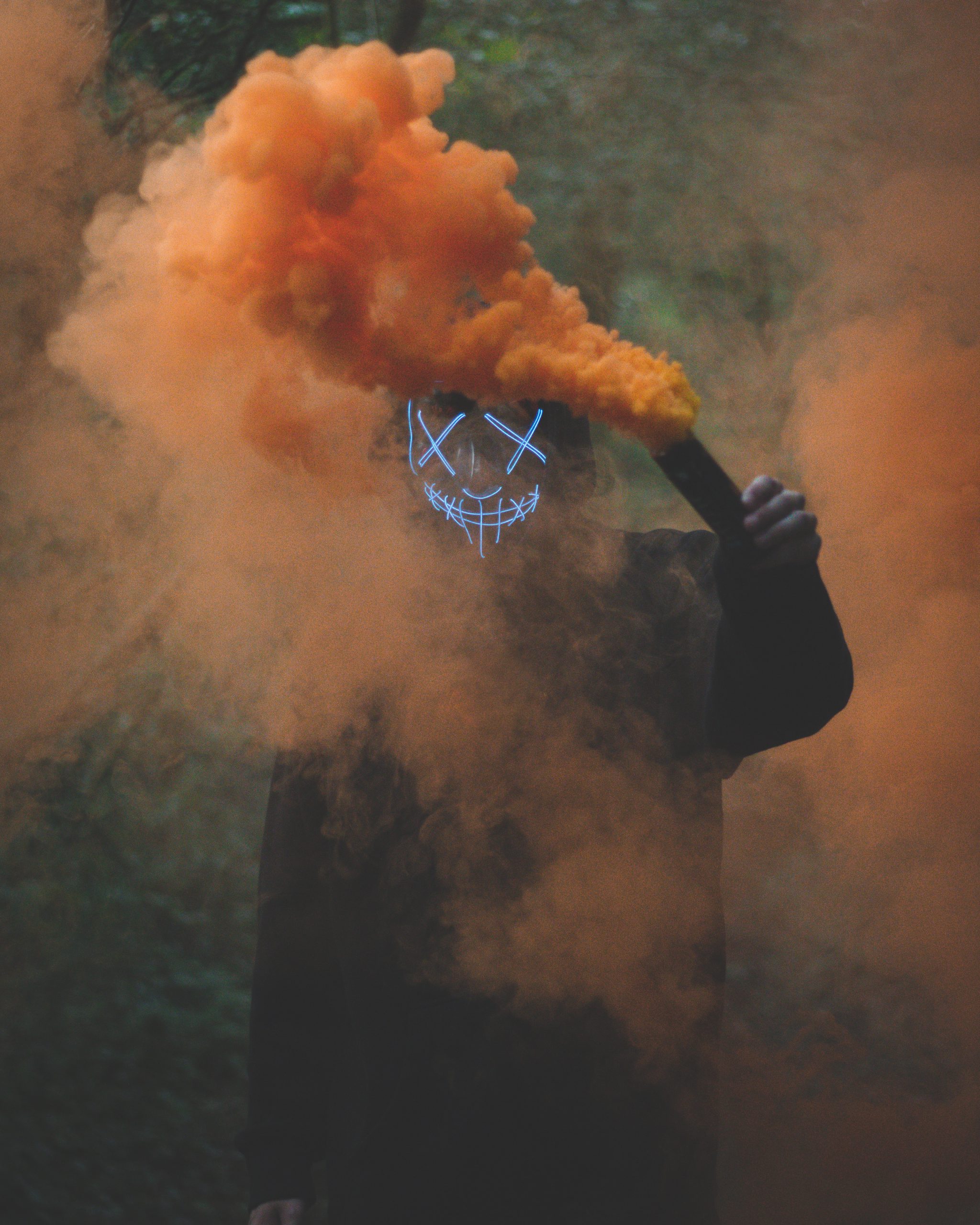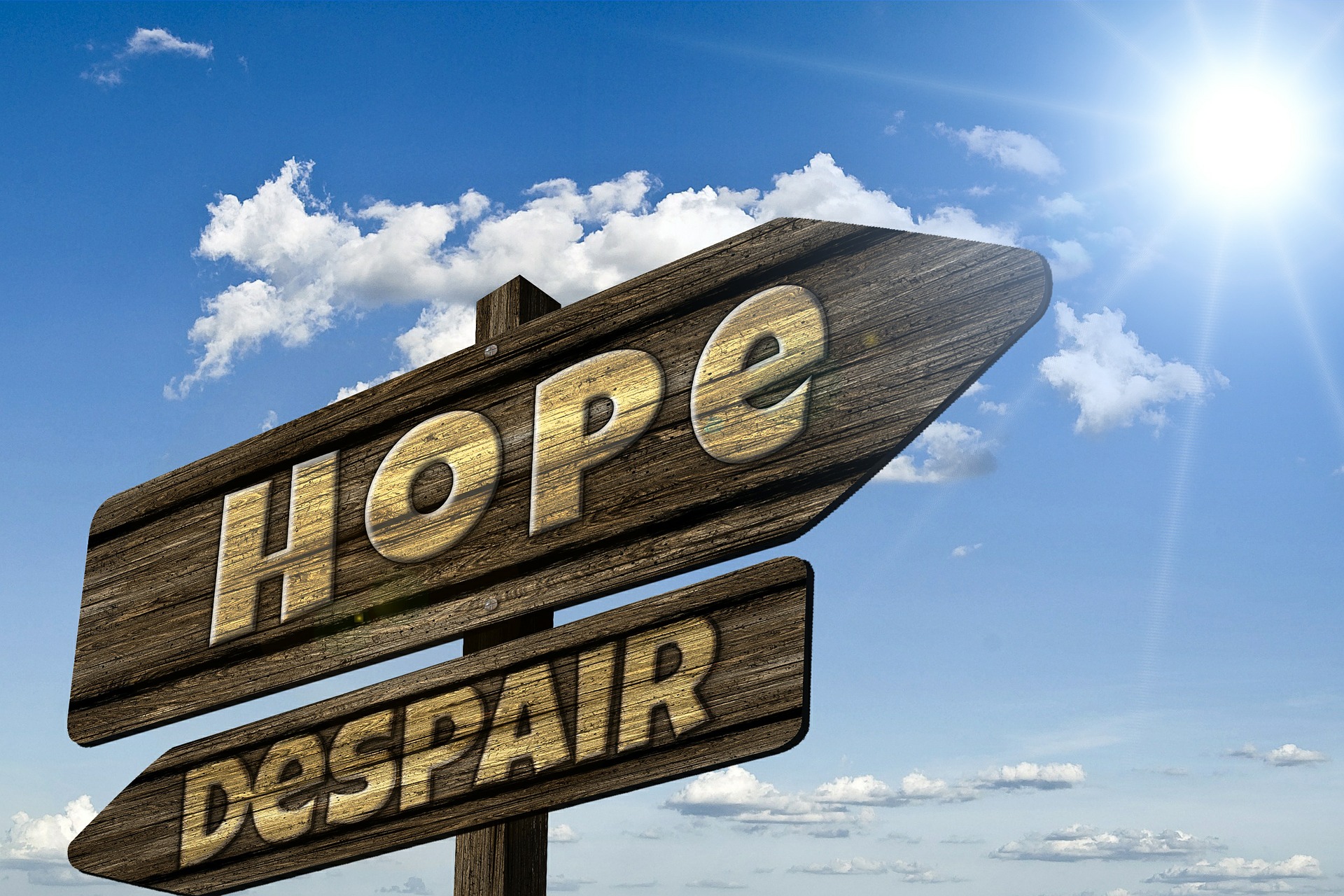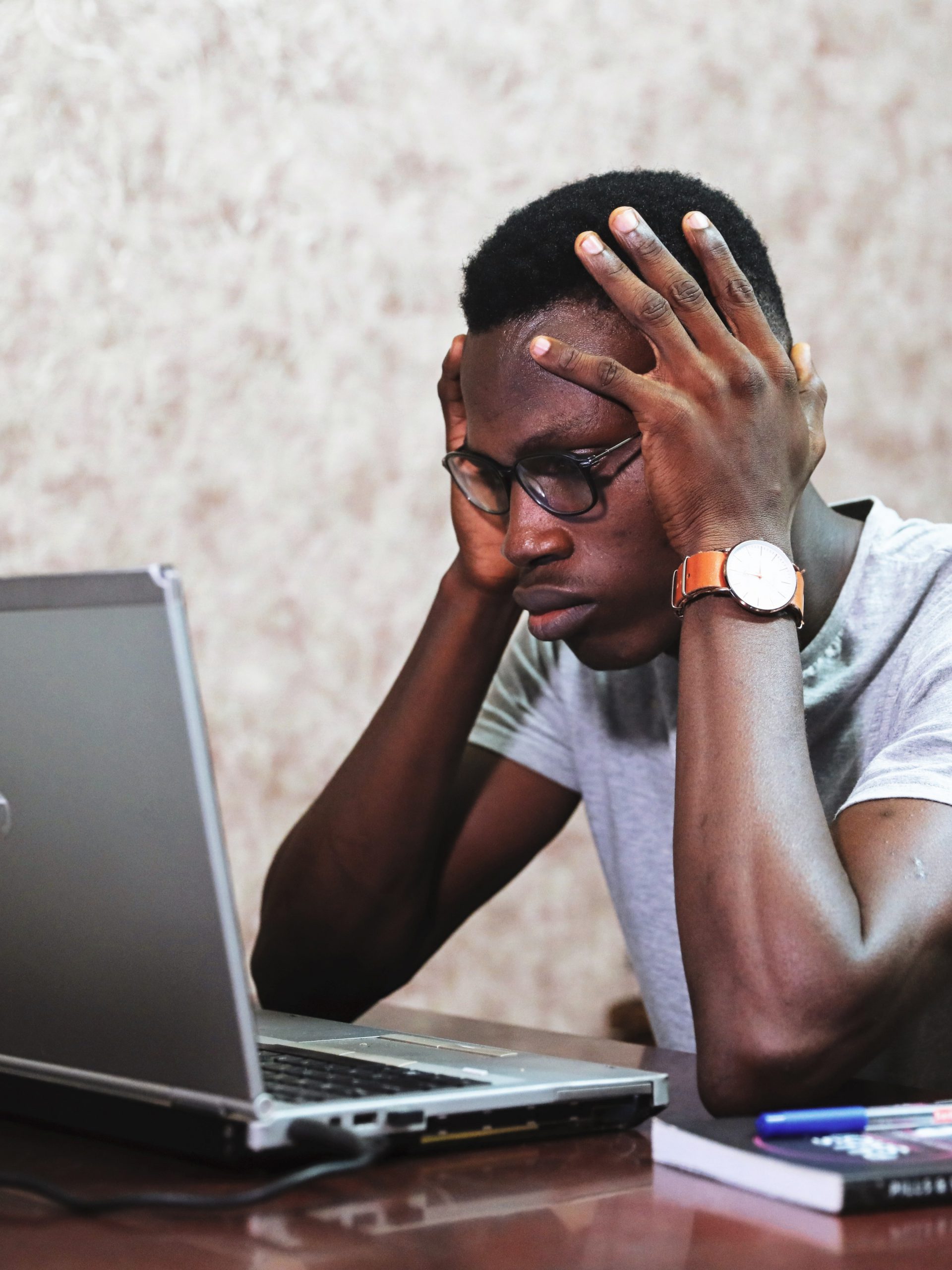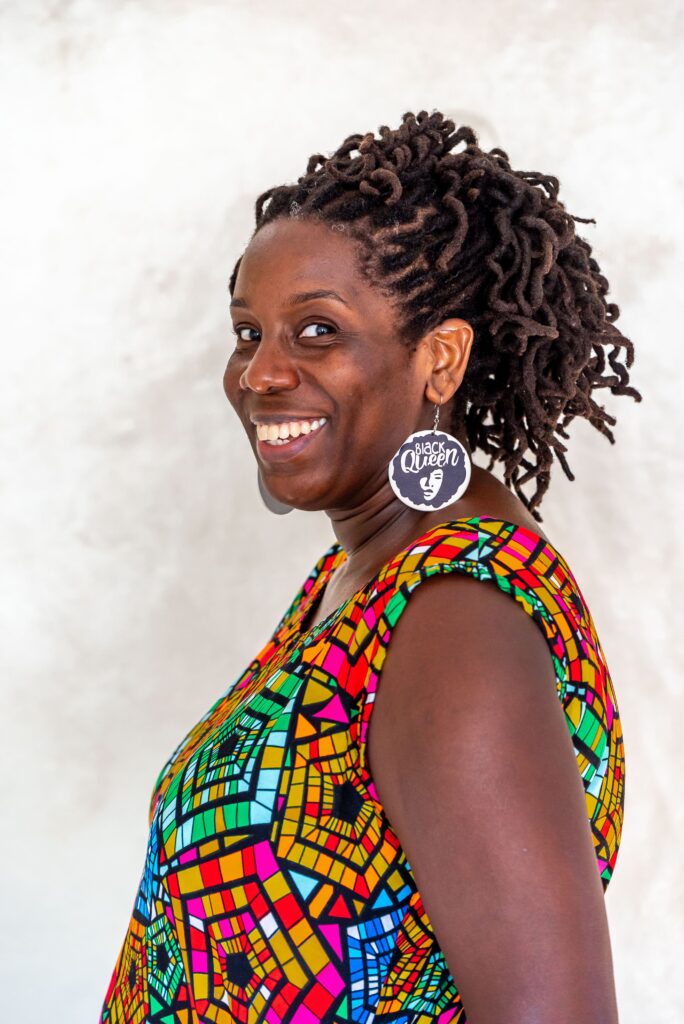Finding Clarity

It was at the beginning of 2020. I received a call from a former employer seeking a communication expert. The position had become vacant at the end of 2019, and I came to mind. I, however, was extremely clear that I would work remotely, with no need to show up at 7:30 am as previously required, and I would be available for meetings as needed.
My former boss agreed, and this time, with my previous contract from Tanzania, I was able to command significantly better pay. This was a discussion I had on Monday, 13 January 2020.
There was a lot of travel across the country, which I loved. It was my first time travelling to Turkana, a county in Kenya’s arid north, home to another Christ the Redeemer statue and the gorgeous Nabiyotum Crater. From there, I headed to the coastal region of the country, an opportunity to enjoy the white sandy beaches and take a dip in the Indian Ocean between field visits.
On my final day at the Coast in March, I left the hotel as always, hopped into the cab and left for the field. Upon my return to the hotel, there were flash showers, as sometimes happens at the Coast. This time, the cab wasn’t let in. The driver and I were asked to get out of the vehicle first before we would be let in. I asked if this could be done at the reception because we were being pelted with rain. The guard refused, we hopped out, and he pointed a digital thermometer at our foreheads. I asked what was going on.
I had been watching international news, but, like Ebola, Bird flu, and Swine flu outbreaks, it never had a major impact on Kenya. The guard retorted, “ingia,” meaning “enter,” after taking out temperatures. We were let in, and I was confused. I went straight to my hotel room and turned on the TV just in time to catch the Cabinet Secretary of Health confirming Kenya’s first case of COVID-19. I will never forget it; it was on Friday, 13 March 2020.
I was relieved to be able to fly back to Nairobi the next day. I left my hotel room to buy hand sanitiser at the nearest supermarket to the hotel. The queues were insane; I never quite understood the vast amounts of bleach and the rolls of toilet paper, especially in people’s trollies. I trusted I would be safe, so I bought and wore a mask and hand sanitisers. I ended up buying them from a pharmacy and heading back to the hotel.
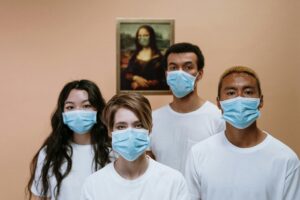 Like everyone around the world, we witnessed the pain and agony of billions. I was added to so many WhatsApp groups to fundraise for funeral costs for a friend’s loved ones. I watched my elderly aunts and uncles in their 60s and 70s travel with reckless abandon, barely wearing masks, and somehow, most of them survived, which genuinely surprised me because it was mostly folks younger than them who were passing away in my family circles—strange, yet the Lord’s mysterious ways.
Like everyone around the world, we witnessed the pain and agony of billions. I was added to so many WhatsApp groups to fundraise for funeral costs for a friend’s loved ones. I watched my elderly aunts and uncles in their 60s and 70s travel with reckless abandon, barely wearing masks, and somehow, most of them survived, which genuinely surprised me because it was mostly folks younger than them who were passing away in my family circles—strange, yet the Lord’s mysterious ways.
But amidst all this, I knew the struggle of many friends and family who could not work, some because businesses had just collapsed or folks had been laid off. I empathised with folks, but I couldn’t lie that that was my story.
For anyone in media and communication, this was a booming season. Because there was a dire need to communicate innovatively, constantly and rapidly. Several clients engaged me to help them communicate effectively on COVID-19 matters, counter misinformation and disinformation, and assist organisations with fundraising and strategising to keep their programs running remotely.
By August 2020, I was experiencing something different: burnout. I was working 18- to 20-hour days, trying to catch up on my work. When the world started to open up in 2021, I was still reeling because organisations were now focused on strategising within this new world.
Finding how to work in hybrid ways or transition back to the old order of things. Throughout the pandemic period from 2020 to mid–2022, I was swamped, learning, adapting, and exploring.
It was here that I really dug deep into strategy with organisations. Recognising the challenges of communication as being deeper than not having a communication professional on the team or not having a plan. I started to realise more consciously that, without a strategy, communications would be more of an endless, tedious ramble from organisations than surgical, precise messaging.
It was here that all I had been practising began to fuse. Journalism, media, public relations, digital marketing, brand development, marketing, copywriting, and advertising – all of it. I found that every consulting session and every piece of support I provided seemed to build content for training and courses. I could not believe it. It is as if the decades of experience had finally marinated to perfection, and now I could serve this remarkable dish of solutions in one-on-one coaching for leaders, teams and organisations.
Within the first five minutes of a 30-minute introductory call with an organisation, I had identified their list of challenges and potential causes. I found that I knew the right questions to ask, and I learnt how to make assessments and provide suggestions for the best course of action.
Some of that action went beyond communications. I started building strategic plans for organisations, providing teams with assistance on better ways to work together, challenging operational models and provoking organisation founders to think bigger than their current realities.
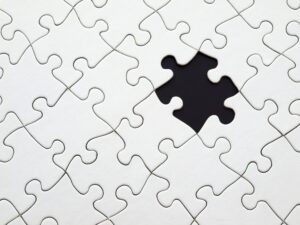
The solutions I provided were literal, strategic, visionary, and business development solutions, extending beyond communications. I was proud of myself and what I was now doing, but how was I to package this? Everyone knows me as a communication person, but I do much more than that. How do I express that to them?
It took another three years to figure it out. Communication is still what I do, but to build the strongest and most compelling communication, you need a strategy. An organisation’s strategy starts with a clear vision, followed by a strategic plan. It is the roadmap that leads organisations to realise their big, hairy, audacious vision- that utopian reality.
I work with organisations to clearly define and articulate their big, utopian vision. Then, I work with them to define a clear strategic plan to realise that vision, helping them determine the best operational models and how to optimise their teams to achieve it. It is then that we define, concisely and clearly, how to express that vision and champion it through communication strategies, target audience engagement, and the building of champions for the cause.
That’s a lot. How do I explain what I do? This is my simple magnetic statement.
I work with social impact leaders and organisations to build clear strategies, strong teams, and effective communications to scale positive social and economic change globally.
This may change in the coming years, but for me, it was essential to understand what I was working towards because I realised I was no longer just one thing. I know that as I continue to learn and grow in my career, I realise there will always be a lot of shape-shifting, finding clarity, then things will get foggy again, and the cycle continues. I don’t see that as losing myself, but rather constantly challenging myself to chart unknown waters to improve myself and the community I reside in.

I suppose the only challenge will be simply stating what you do or who you are to people when you are more than one thing. Some may call it “thought leadership” (I see your eyes rolling). I call it being a career chameleon. It’s ok if you know me as a communication person, but after reading this fourth instalment of my career journey, I challenge you to also reflect on your journey thus far and pause.
Take stock and realise you are more than just the simple title everyone calls you: “Accountant”, “Financial Expert”, “Monitoring and Evaluation Expert”, “Human Resources Expert”, or “CEO”. We are more than these titles; we are a culmination of life experiences, learnings, losses, heartache, and clarity all rolled into one charged-up human, ready to take on the world every single day.
Now that I am finding my clarity, what have you discovered as you reflect on your journey? I would love to hear about it. Please share it in the comments section or email me at ask@roseodengo.com
